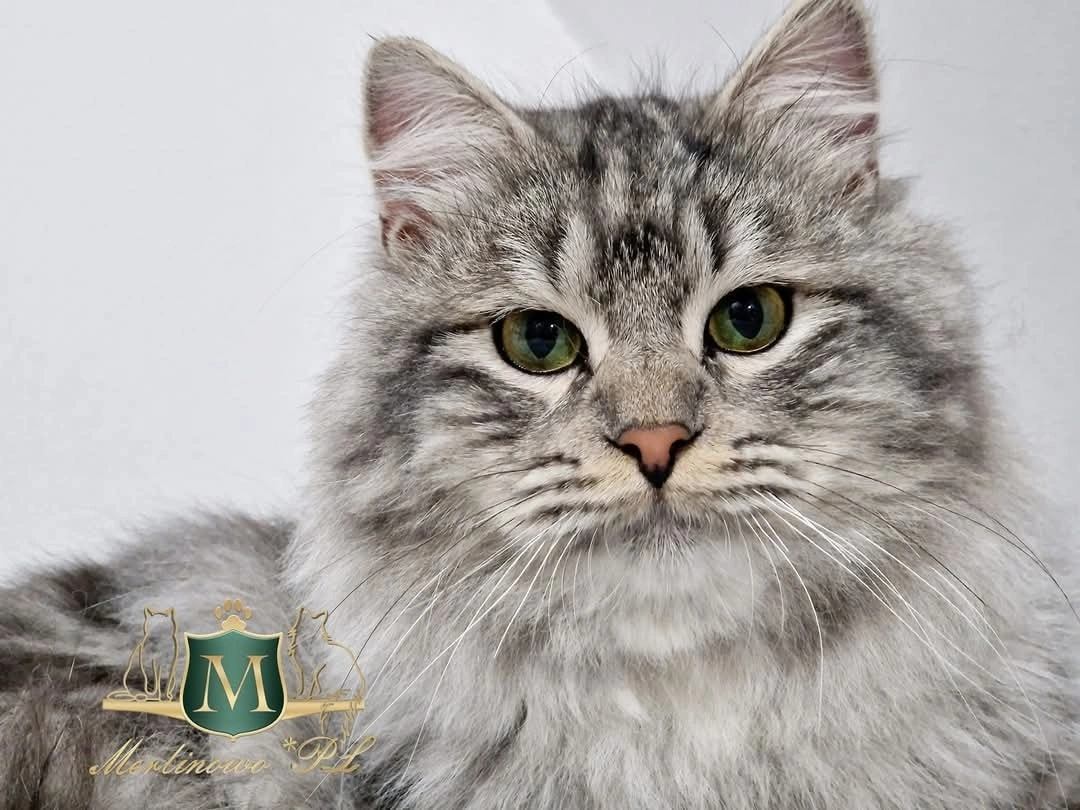
Siberian cats originate from Russia, specifically the Siberian and Far Eastern regions, where they had to survive extreme climatic conditions: freezing temperatures, snow, and the wild. The breed developed naturally, without human interference—it's a so-called natural breed, shaped by the environment and survival selection. These cats have lived in Russia for hundreds of years, commonly found in villages, farms, monasteries, and palaces.
They were first officially described at a cat show in Moscow in 1989. They reached Western Europe and the USA in the 1990s and quickly gained popularity as cats “wild in appearance, domestic in character.”
The breed has been recognized by feline organizations such as FIFe, TICA, WCF, and CFA.
Siberian cats come in a vast range of color combinations—over 100 variations. The most common and FIFe-recognized ones include:
Basic colors:
• black (n)
• blue (a)
• red (d)
• cream (e)
In our cattery, you’ll find classic (e.g., Ismael Sanata Sibiri*RU), silver (e.g., Kinia Merlinowo), golden (e.g., Sultan Sibella), bimetallic (e.g., Neva CH Shinju Merlinowo), and cream (e.g., Jim North Paradise), black (e.g., Hania Prozaczek) with or without white.
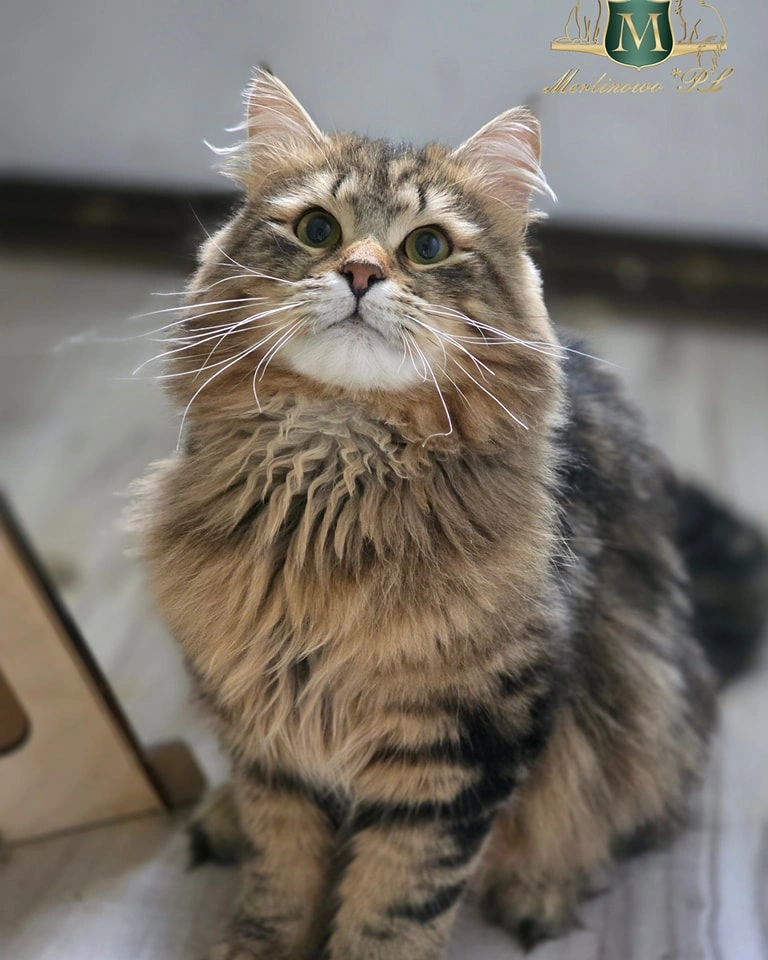
Patterns:
• classic tabby
• blotched
• mackerel tabby
• spotted
• Bicolor, van, harlequin
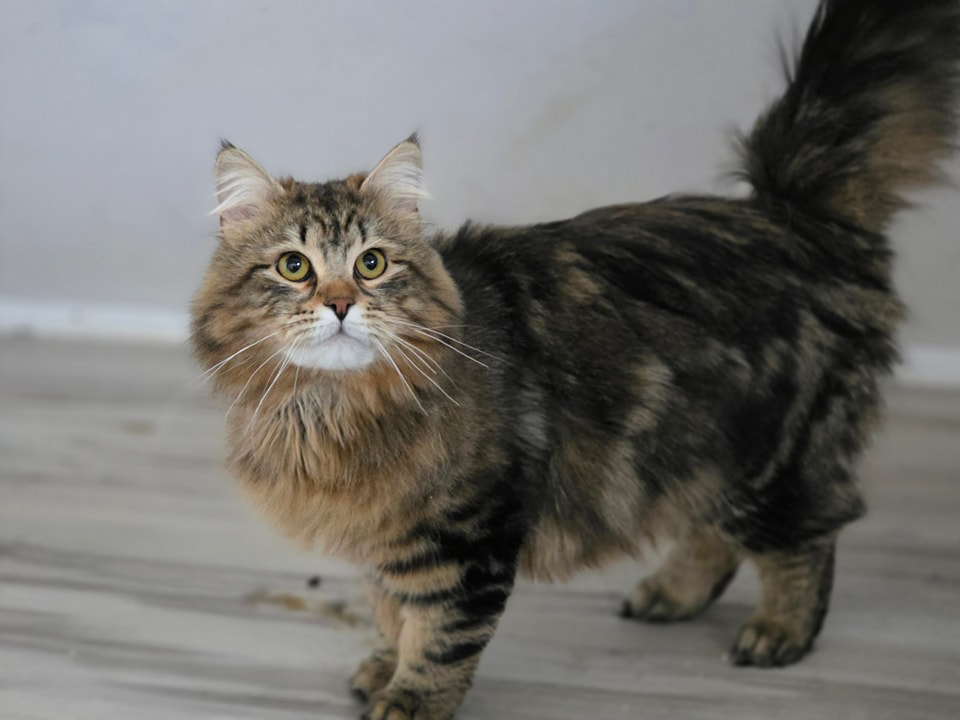
Black classic tabby (n22)
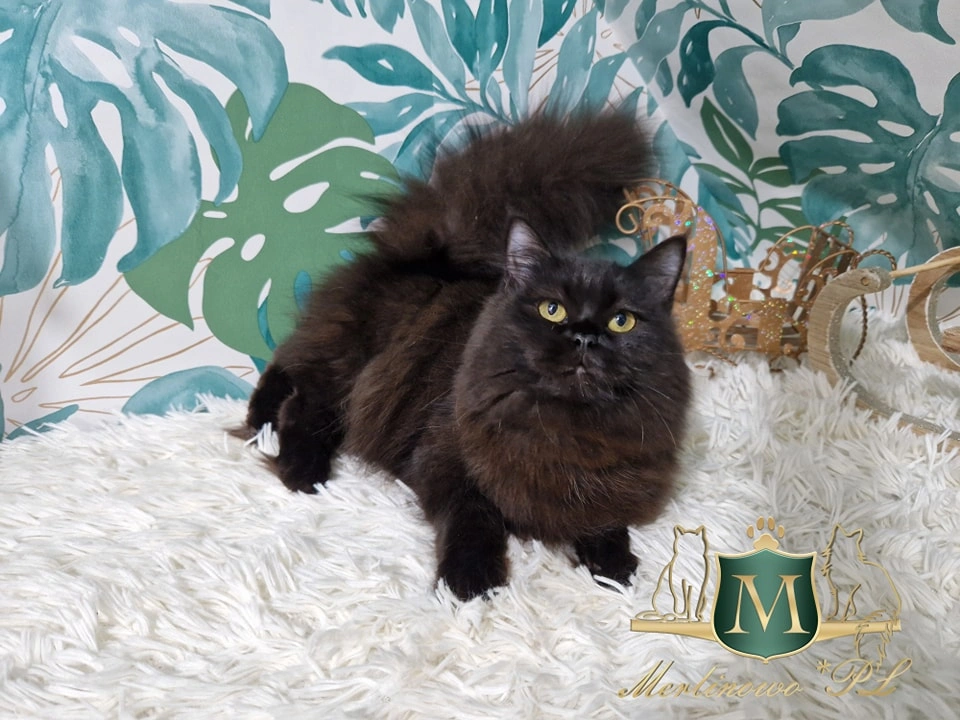
Black solid (n)
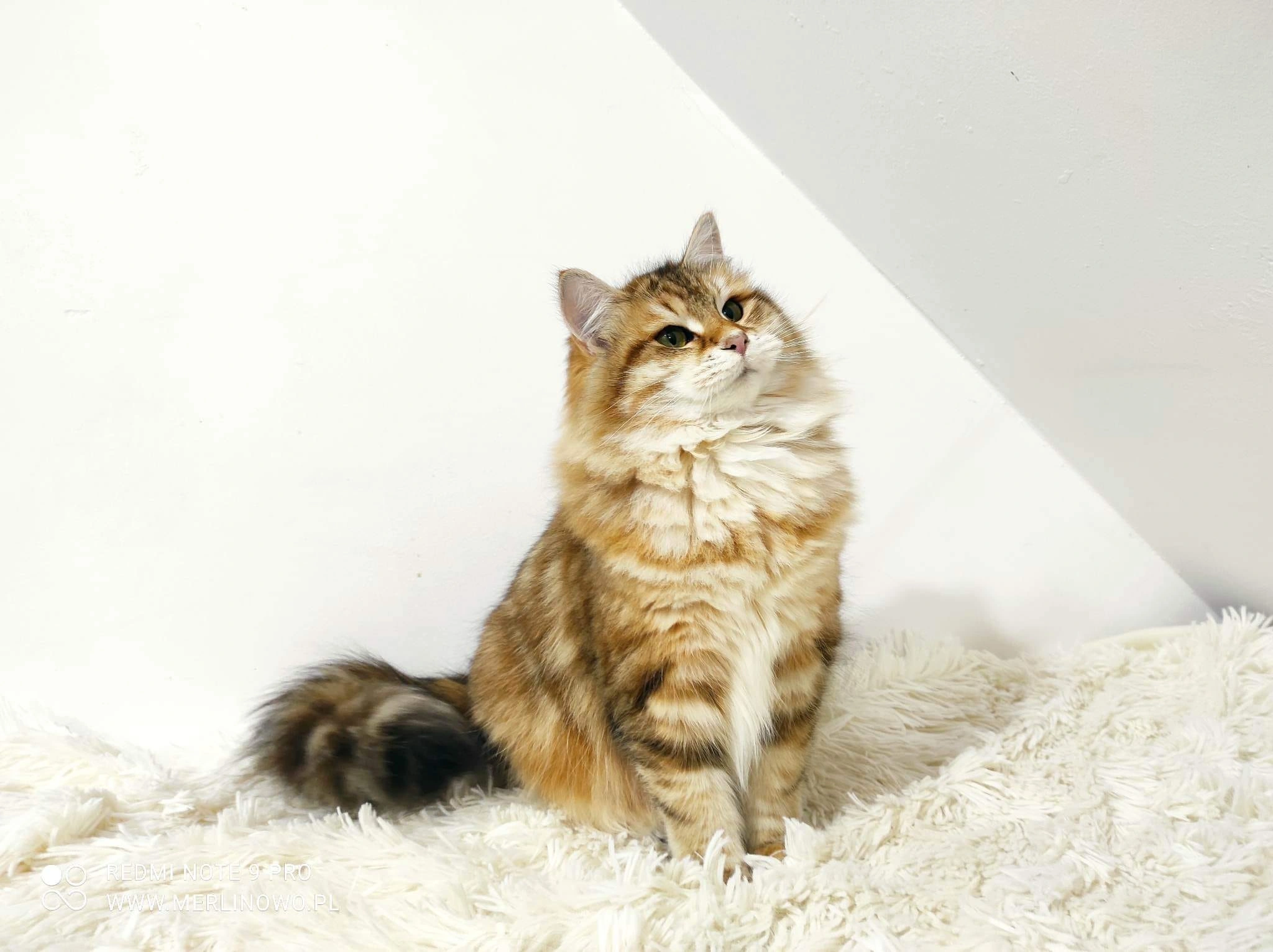
Black classic tabby with gold (nu22)
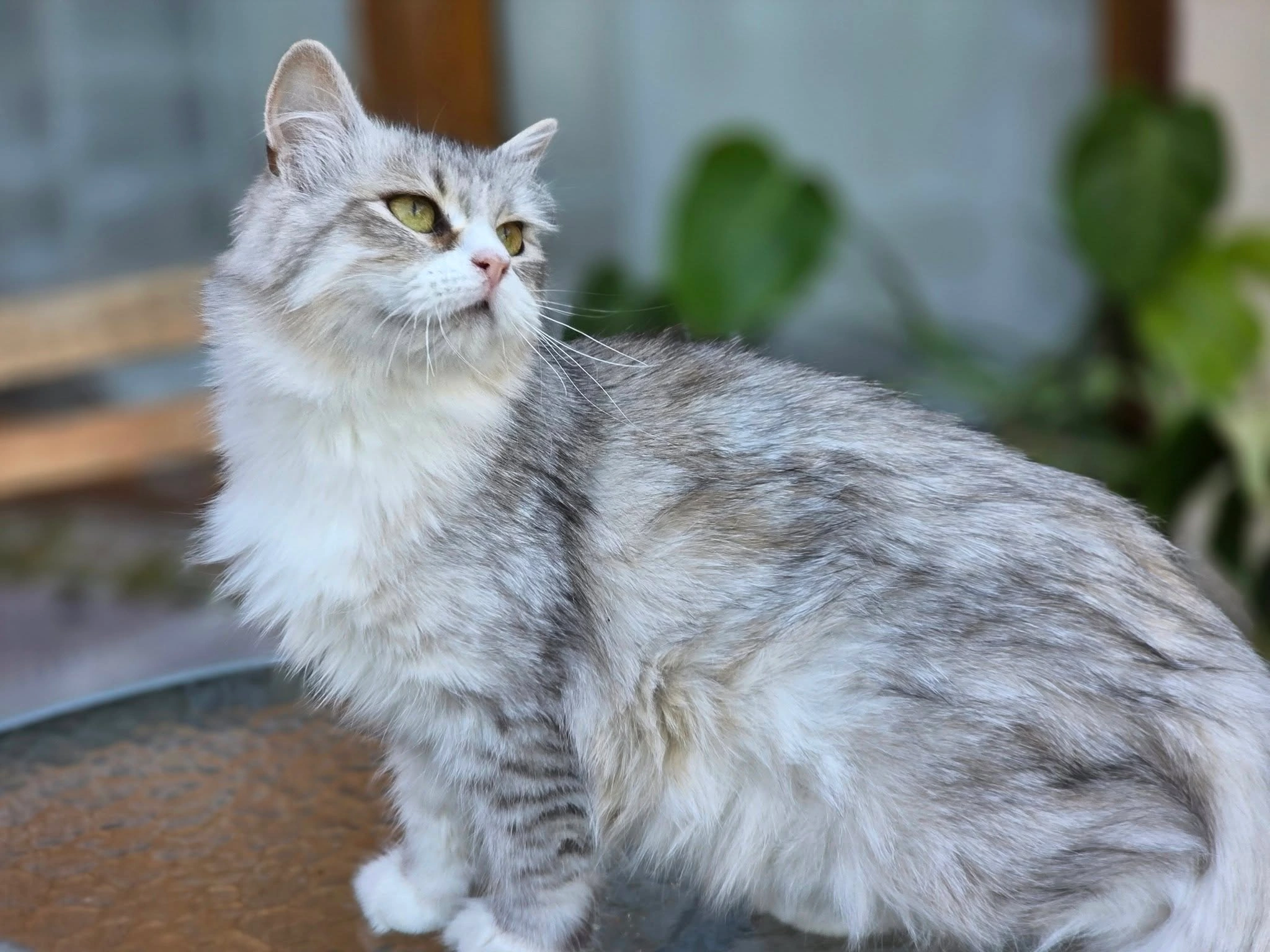
Silver bicolor spotted (ns0324)
Neva Masquerade is a Siberian variant with a pointed coat pattern (like Siamese) – a lighter body with darker "points" (face, legs, tail). They have blue eyes and are often mistakenly identified as Ragdolls or Siamese. They are recognized as a separate variation of Siberian cat under FIFe, but follow the same breed standards (EMS code: SIB – Siberian, NEM – Neva Masquerade). Under WCF, they are still treated as Siberian cats (e.g., SIB a2133, n2133, n, a, etc.).
At MerlinowoPL cattery, we have Neva Masquerade cats in the following colors: black (Nell Merlinowo), blue (GICH Gucci Zvezda Severa, ICH Georg Carmenmia, Jacqueline Merlinowo), red (Irys Prozaczek), golden (Aileen Merlinowo), and/or silver (CH Shinju MerlinowoPL).
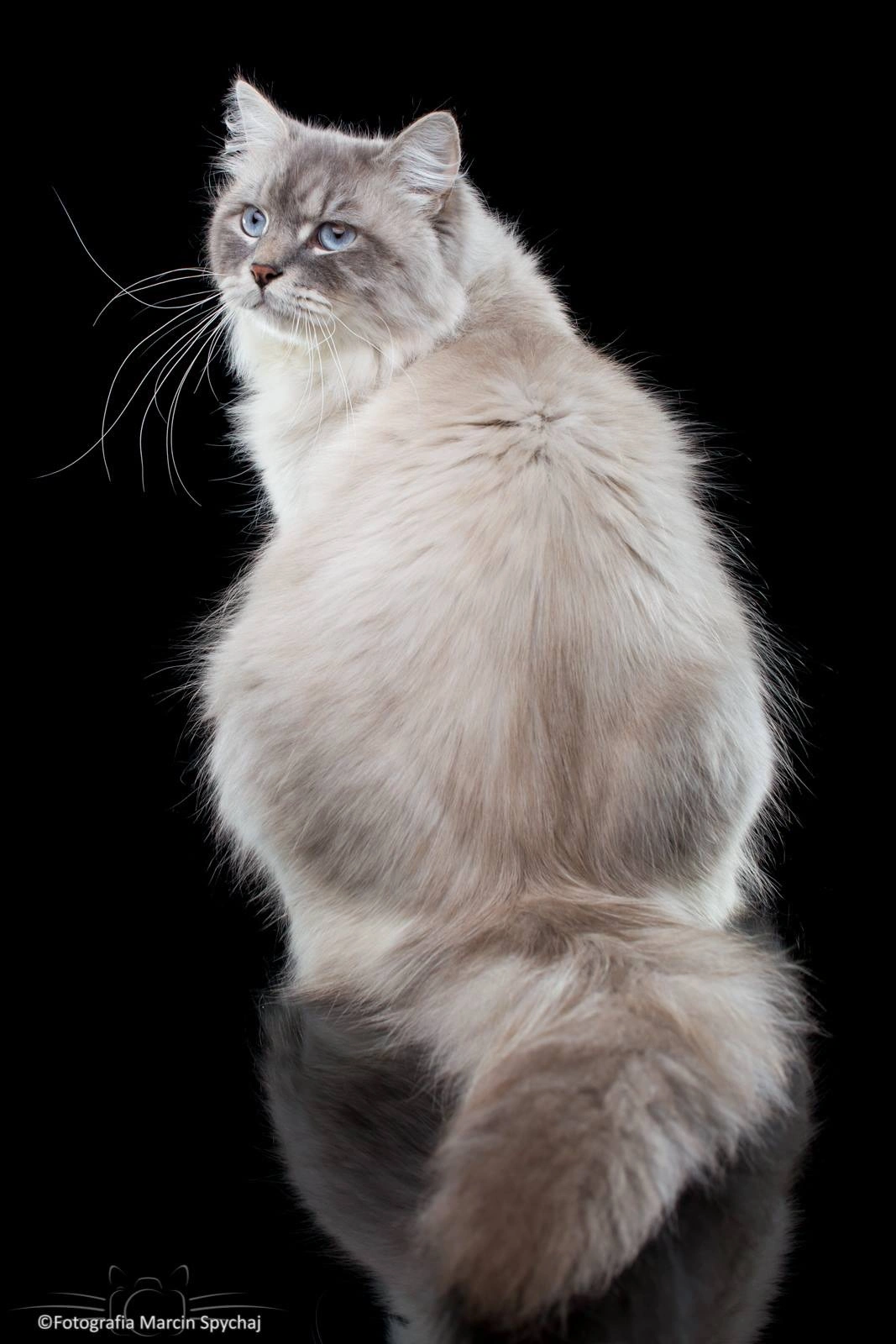
Siberians are one of the most balanced and intelligent cat breeds.
Temperament: Calm, composed, but active when needed.
Sociability: Very social, enjoys human presence, gets along with children and other animals.
Curiosity: Very curious, observes, explores, and even “helps” with tasks like working on the computer.
Voice: Not very vocal – purrs rather than meows, with a soft and low voice (although some individuals are chatty).
Intelligence: High – easily learns commands, can fetch, and responds to its name.
They are often described as "dog-like" cats due to their behavior.
Best environment:
• Medium to large living space – loves space but doesn’t require a garden.
• Tall scratching posts, beds, tunnels – enjoys climbing and observing from above.
• Human contact – dislikes being alone for long, though not clingy.
• Routine and peace – curious but values stability and a consistent environment.
Avoid:
• Long isolation or lack of attention.
• Neglecting grooming (especially during shedding season – brushing 2–3 times/week is necessary).
• Keeping in a cage or confined space for extended periods.
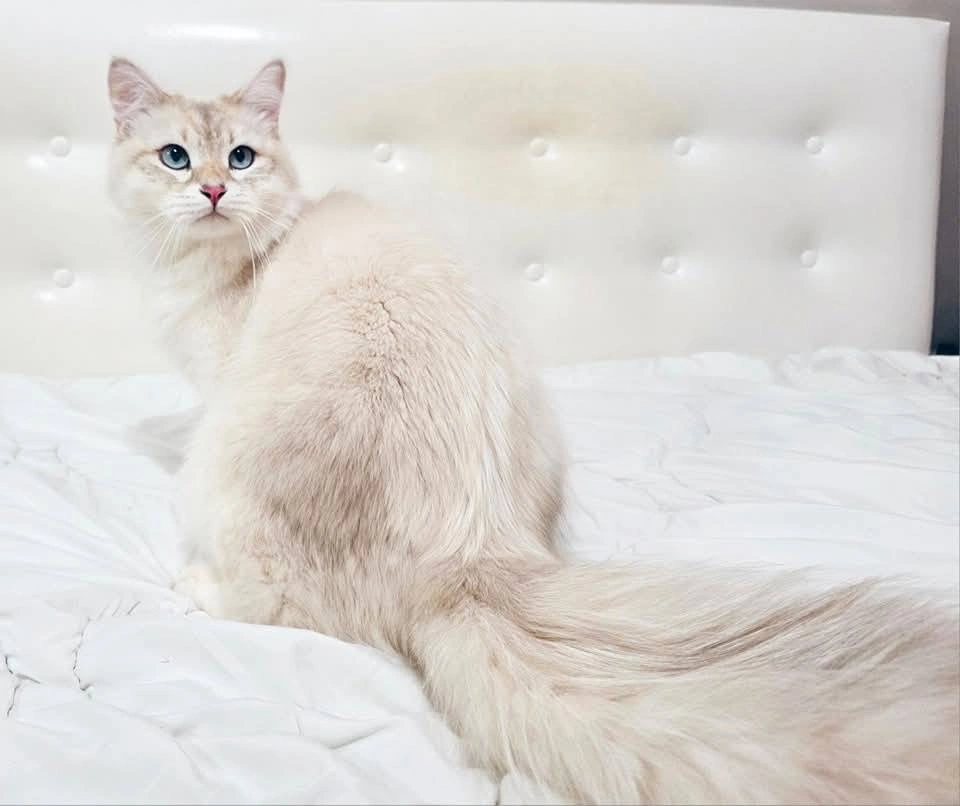
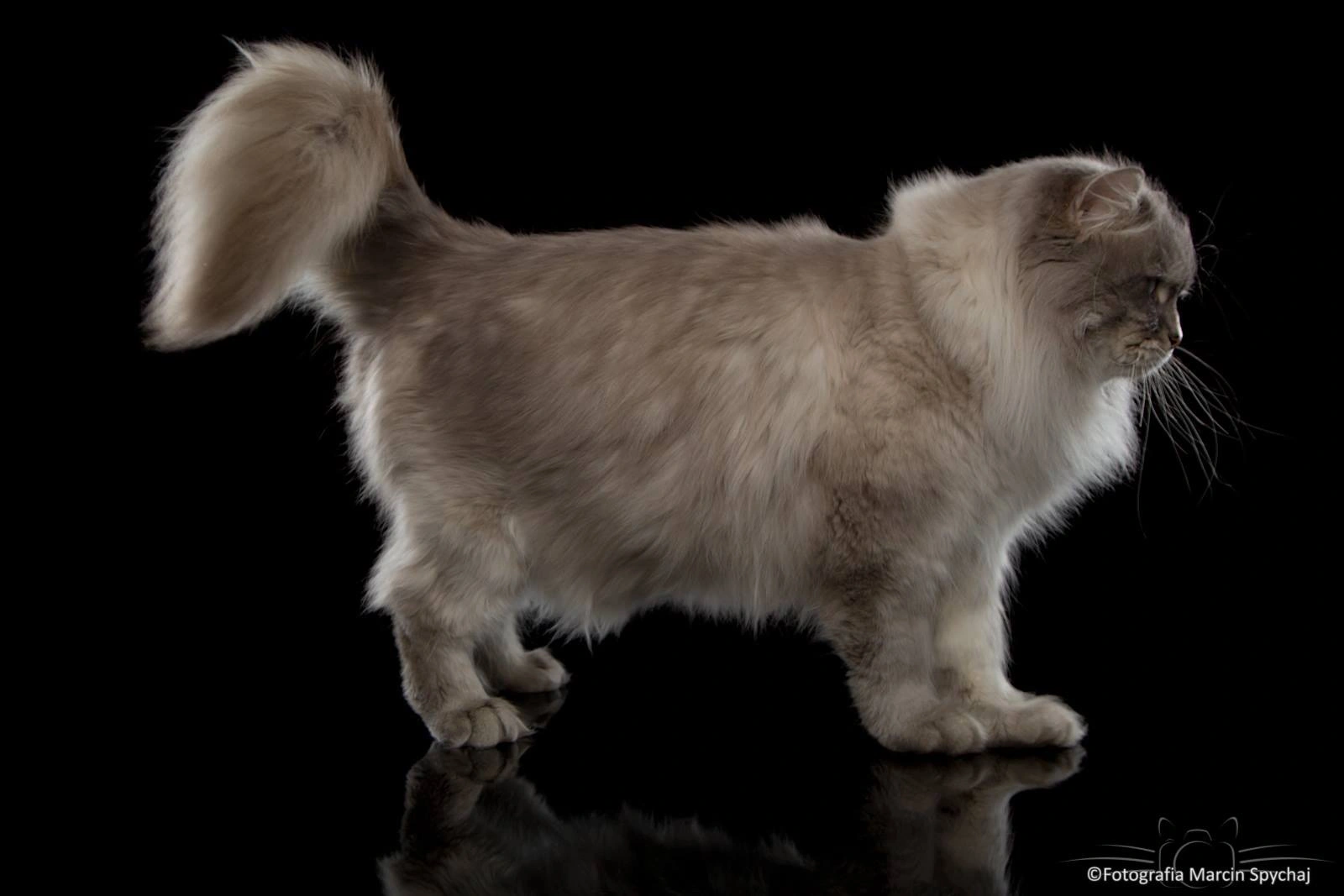
Naturally healthy breed:
• Tolerates cold and changing weather well.
• No known genetic disease predispositions, but it’s worth testing for:
- HCM (Hypertrophic Cardiomyopathy)
- PKD (Polycystic Kidney Disease)-
- FeLV, FIV (viral infections)
Grooming: Coat is self-cleaning and doesn’t mat easily, but:
• during shedding season, requires regular brushing,
• pay attention to tail, "pantaloons," and belly area.
Often recommended for allergy sufferers – Siberian cats produce less Fel d1 protein, which causes allergic reactions. While not 100% hypoallergenic, many people allergic to other breeds don’t react to Siberians.
Excellent jumpers – can leap onto high furniture without a running start.
Great with kids and dogs – patient, non-aggressive, and stress-resistant.
QUIZ: Is the Siberian cat the right one for you?